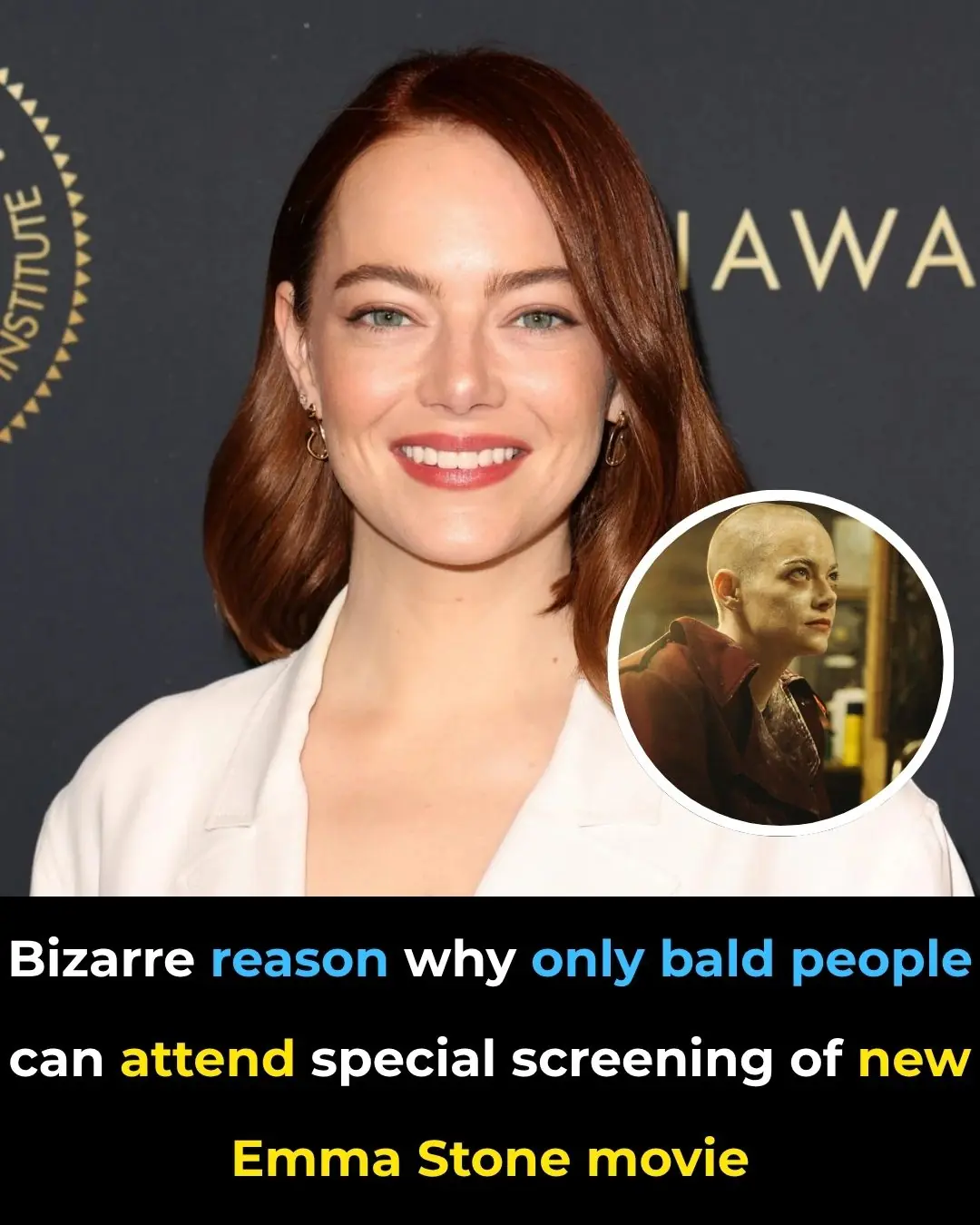
A Father’s Love Etched in Stone: The Story Behind Matthew’s Tombstone.
The Boy Who Rose: The Story of Matthew Stanford Robison
When visitors wander through the peaceful grounds of the Salt Lake City Cemetery, many find themselves pausing before a grave unlike any other. Rising from the polished granite headstone is a breathtaking sculpture — a young boy lifting himself from his wheelchair, arms stretched toward the sky, face radiant with freedom and light. The image seems to defy sorrow. It tells a story of transcendence. It is both heartbreaking and profoundly beautiful.
The boy’s name is Matthew Stanford Robison. He was born in 1988 in Salt Lake City, Utah. From his very first breath, life was a battle. Complications during birth deprived him of oxygen for too long, and that brief, devastating moment would alter the course of his existence. Doctors told his parents, Ernest and Anneke Robison, that their son might live only a few hours. They braced themselves for goodbye — but Matthew had other plans. Against all odds, he lived for eleven extraordinary years.
Though blind, largely paralyzed, and able to speak only a handful of words, Matthew’s presence filled every space he entered. “He had this quiet way of making people feel peace,” his father once said. “Even without words, he changed lives.” His laughter was soft but contagious. His smile could dissolve sorrow. Those who met him often left changed, sensing something luminous about the boy who could not run or see, yet radiated joy.
For most of his childhood, Matthew’s world was bound to his wheelchair. Yet within that small frame of metal and rubber, his spirit soared. He listened to stories, to music, to the voices of those he loved. He responded with smiles, small gestures, and a light in his face that seemed to come from somewhere beyond this world. To his parents, he was not defined by his limitations, but by his courage — a daily miracle in motion.
When Matthew passed away in 1999, his parents wanted his memory to speak not of suffering, but of freedom. Ernest, who worked in design, envisioned a memorial that would not simply mark a grave — but tell a story in stone. He designed the sculpture himself: Matthew rising from his chair, reaching heavenward, liberated from the physical burdens that had once held him to the earth. The day the monument was unveiled, sunlight poured over the granite like a blessing. Beneath the sculpture were engraved the words:
“Confined to the chair most of his young life, he is now free of earthly burdens.”
For Ernest and Anneke, this was not a symbol of loss, but of celebration. “Instead of sadness,” Ernest explained, “the statue makes our son Matthew’s grave a place of happiness. Many others have found that true also.” Visitors who come often leave in tears — not of pity, but of awe. They feel the message the Robisons hoped to share: that love and hope outlast pain, and that freedom can take many forms.
Over the years, Matthew’s story has reached far beyond Utah. Photos of the sculpture have traveled across the world, touching millions of hearts. Pilgrims come from every corner to see the boy who broke free from his chair — to stand before the monument and feel the quiet power that radiates from that sacred patch of ground. Some come grieving, others seeking inspiration. All leave with the same thought: that the human spirit is capable of rising higher than anyone imagines.
In honor of their son’s resilience, Ernest and Anneke founded Ability Found, a nonprofit organization dedicated to helping people with disabilities gain access to life-changing equipment — wheelchairs, lifts, walkers, and other essential tools that restore mobility and dignity. Through this foundation, Matthew’s legacy continues to live on in every person who finds freedom and confidence thanks to his story. Each family helped becomes part of a larger circle of compassion, carrying a piece of Matthew’s light forward into the world.
More than two decades have passed since Matthew’s passing, yet his memory feels as vivid as ever. The sculpture stands in the cemetery not as a monument to tragedy, but as a message — to every parent who has ever grieved, every person who has ever struggled, and every heart that has ever been broken. It whispers that love transcends loss, that the soul cannot be confined, and that even the smallest life can move mountains.
And so, under the wide Utah sky, the boy who could not walk continues to rise — forever reaching upward, forever free.
News in the same category

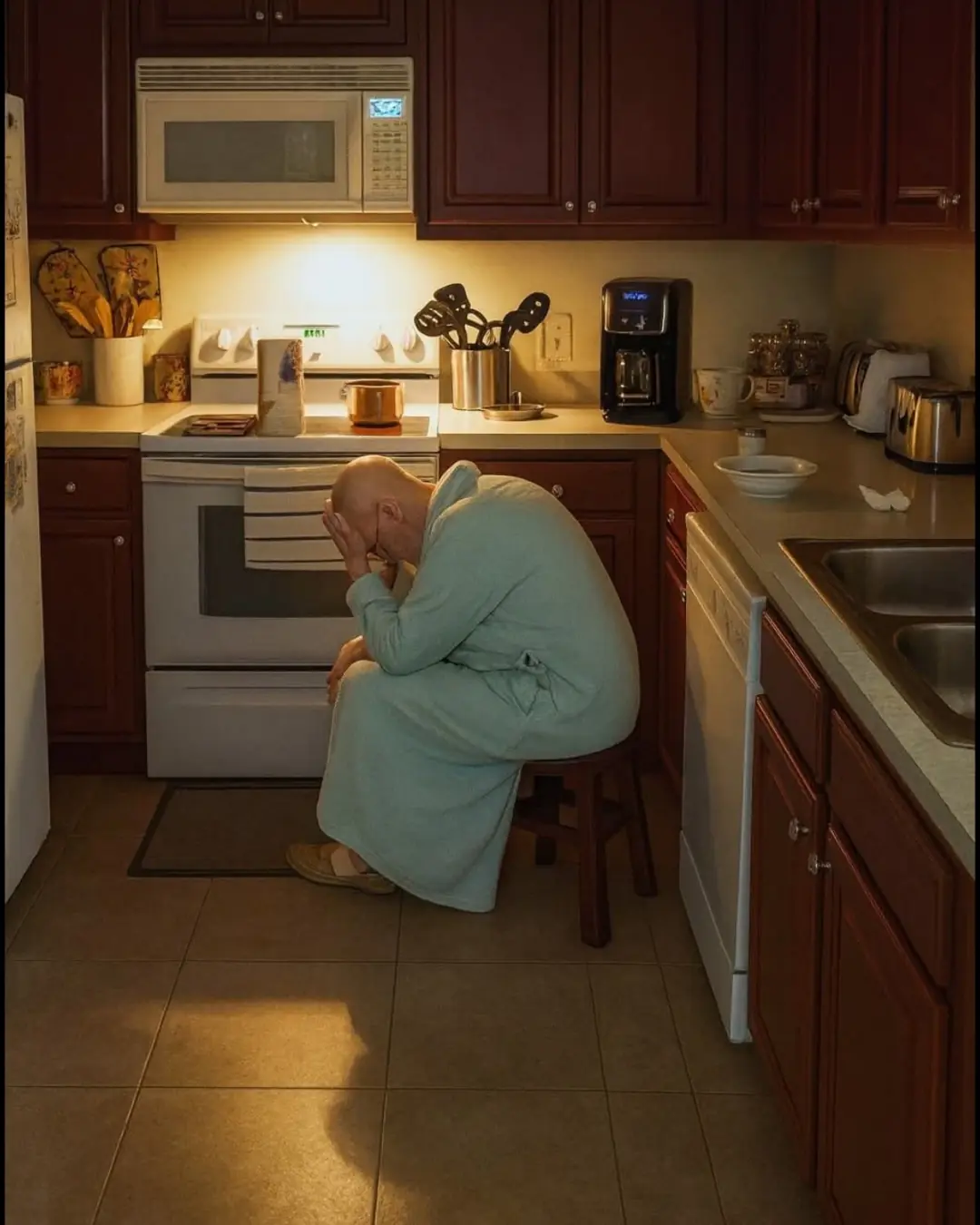
A Real-Life Superhero: The Mother-in-Law Who Became a Caregiver and a Lifeline
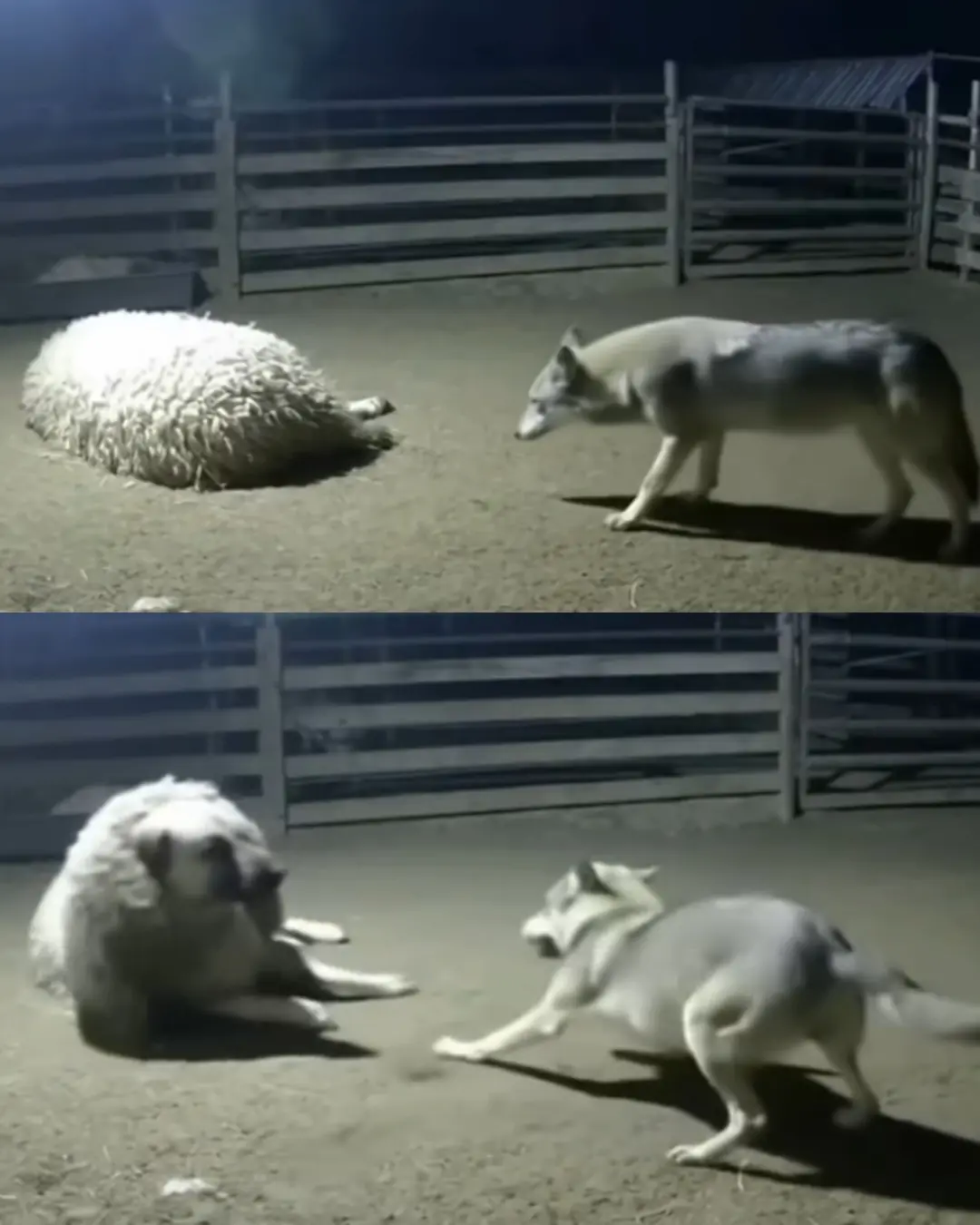
The Dog Who Wore a Sheep’s Skin.

A Simple Act of Kindness: Man Rescues Turtles from the Dinner Plate
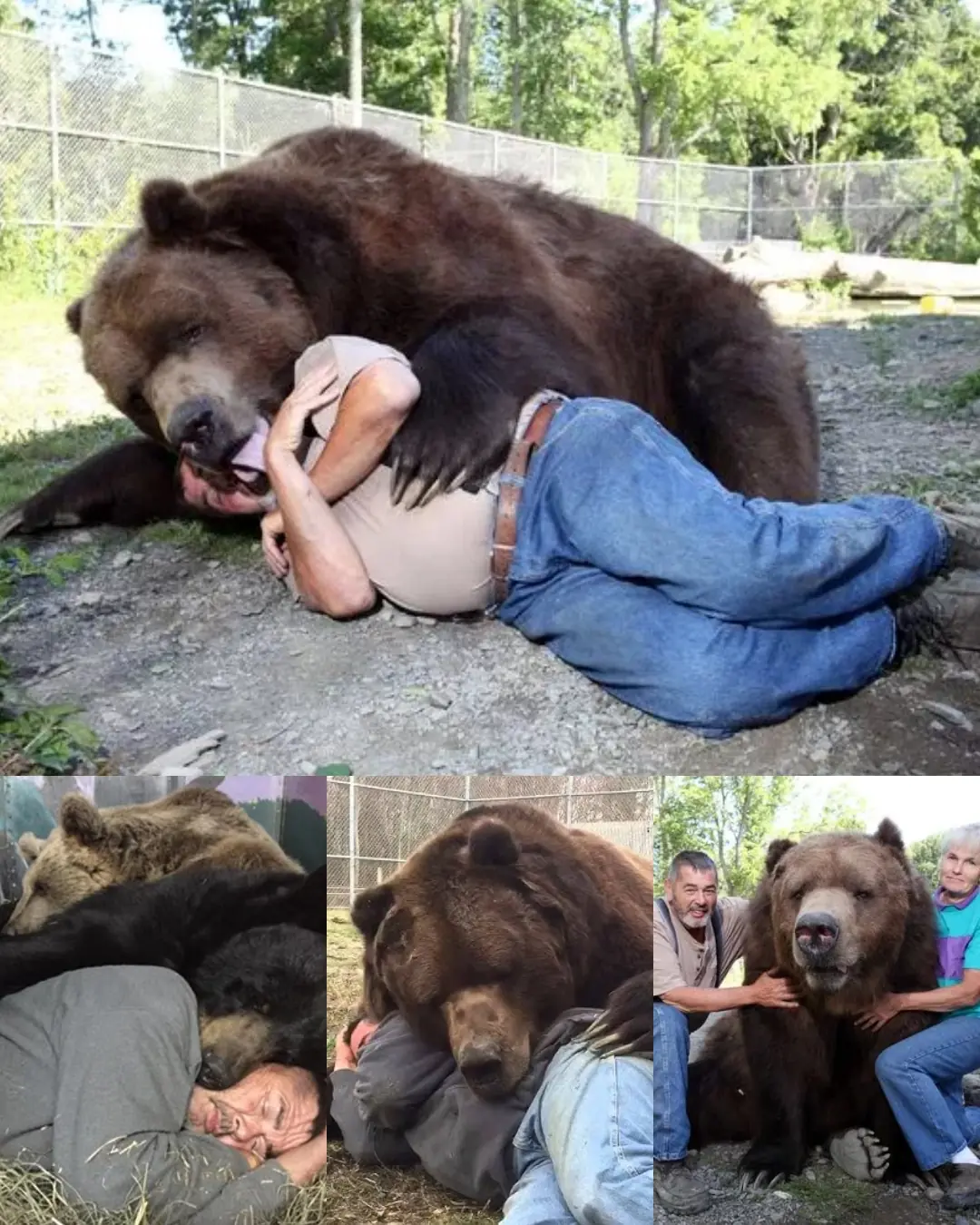
Jimmy the Bear: A Story of Love, Care, and Compassion

A Seventeen-Year-Old’s Battle for Tomorrow: Yerasyl’s Fight for Life
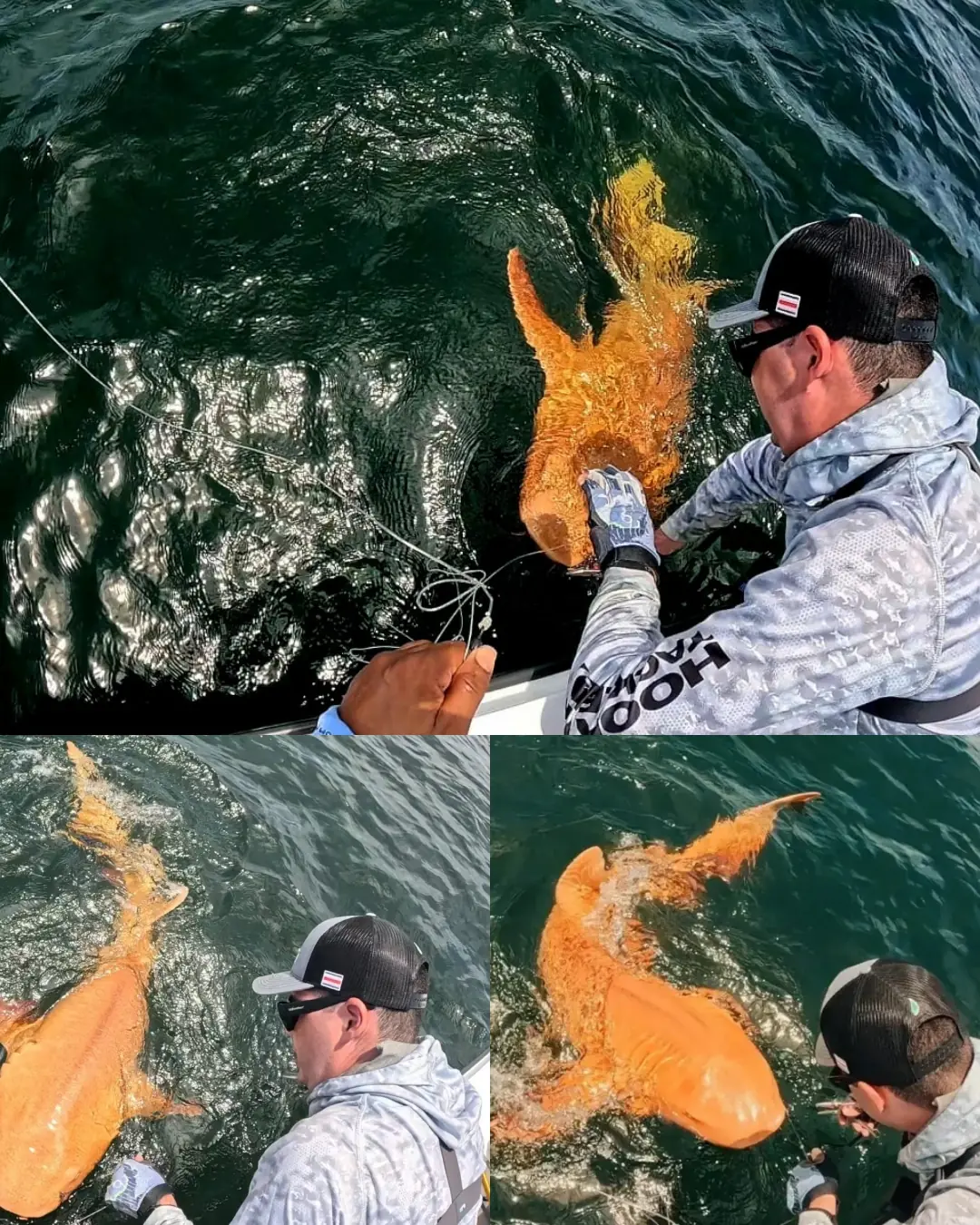
A Rare Sight: Bright Orange Nurse Shark Makes Scientific History in the Caribbean
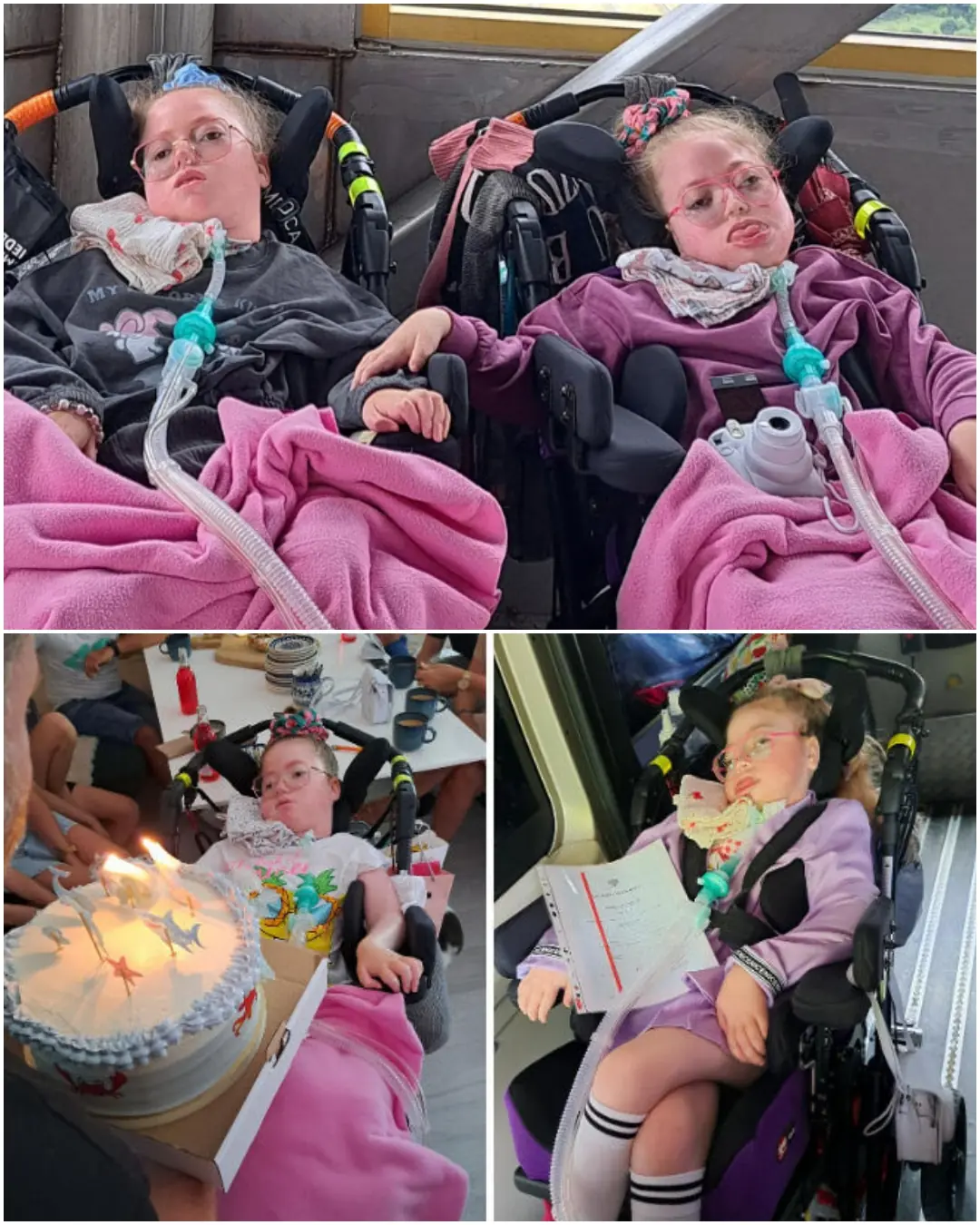
Two Lives Powered by Machines: Madzia and Nina’s Fight Against Myasthenia Gravis

A Car Repair That Means Freedom: Wiktor’s Fight Against SMA
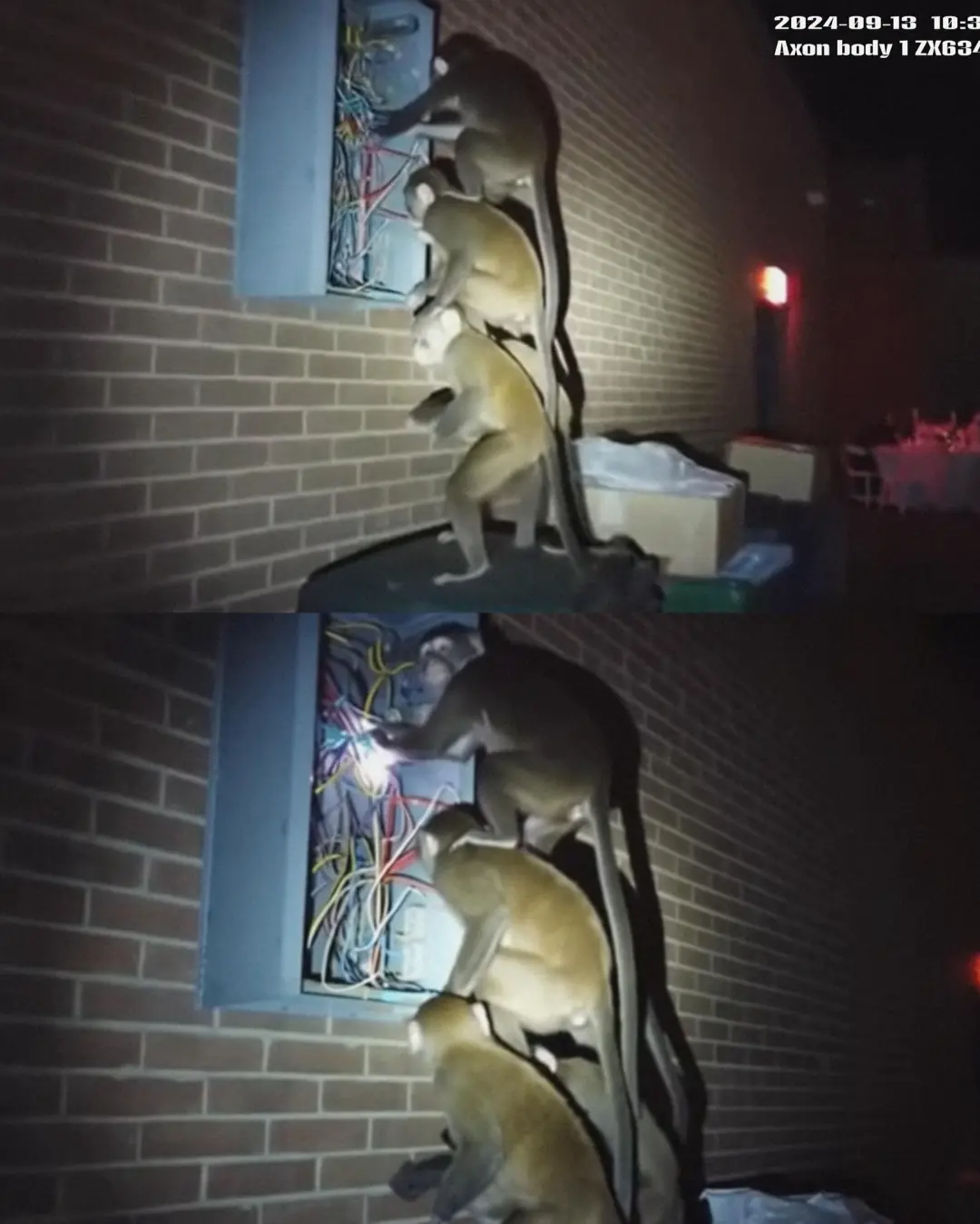
Monkeys, Mischief, and a Wedding to Remember: The Night Thailand Went Dark
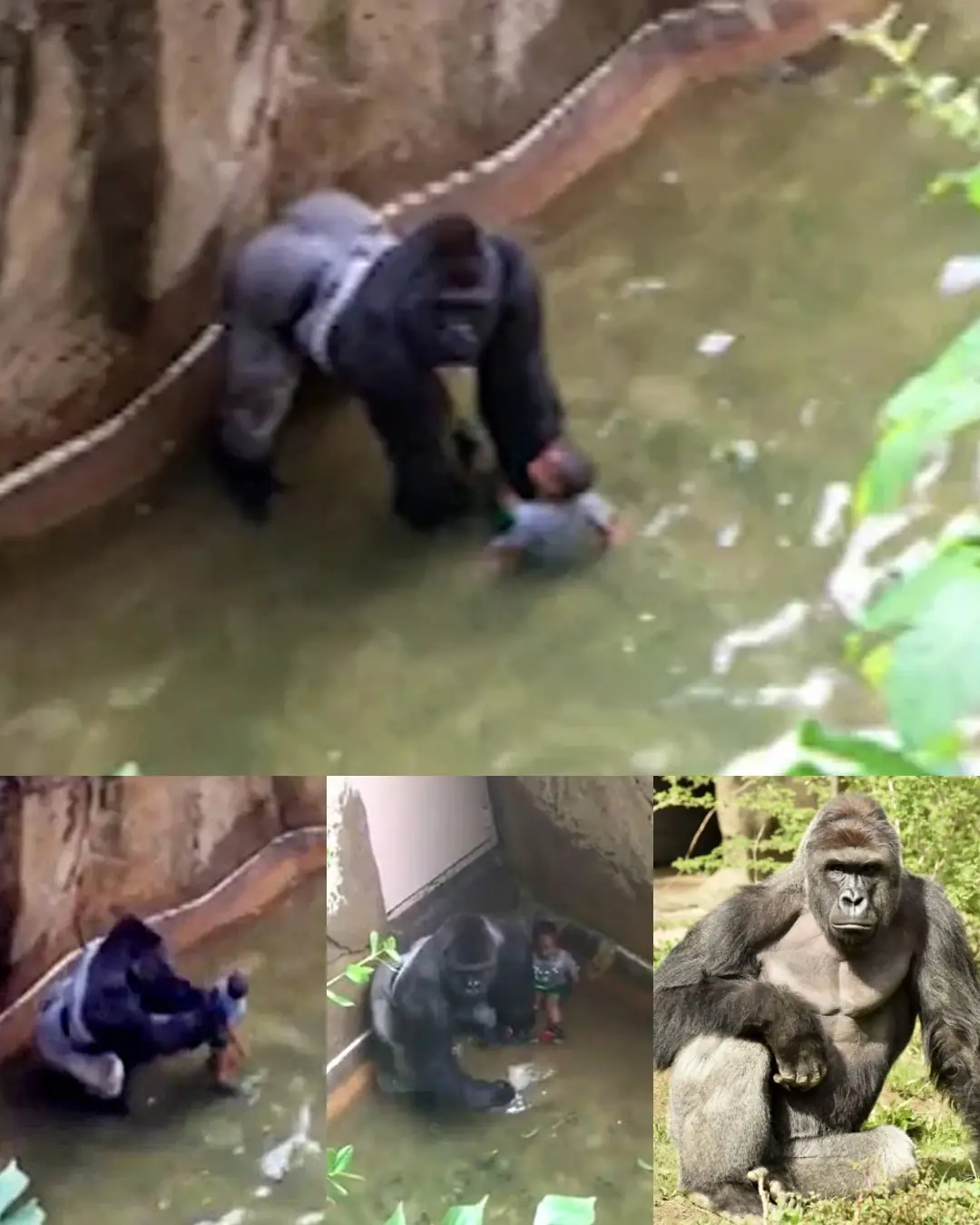
Tragic Incident at Cincinnati Zoo: A Gorilla’s Life Lost in Effort to Save a Child

Theo’s Journey: A Day of Progress, Challenges, and Unwavering Hope – October 21st Update

Home Again: A Family’s Journey Through Joy, Exhaustion, and Uncertainty
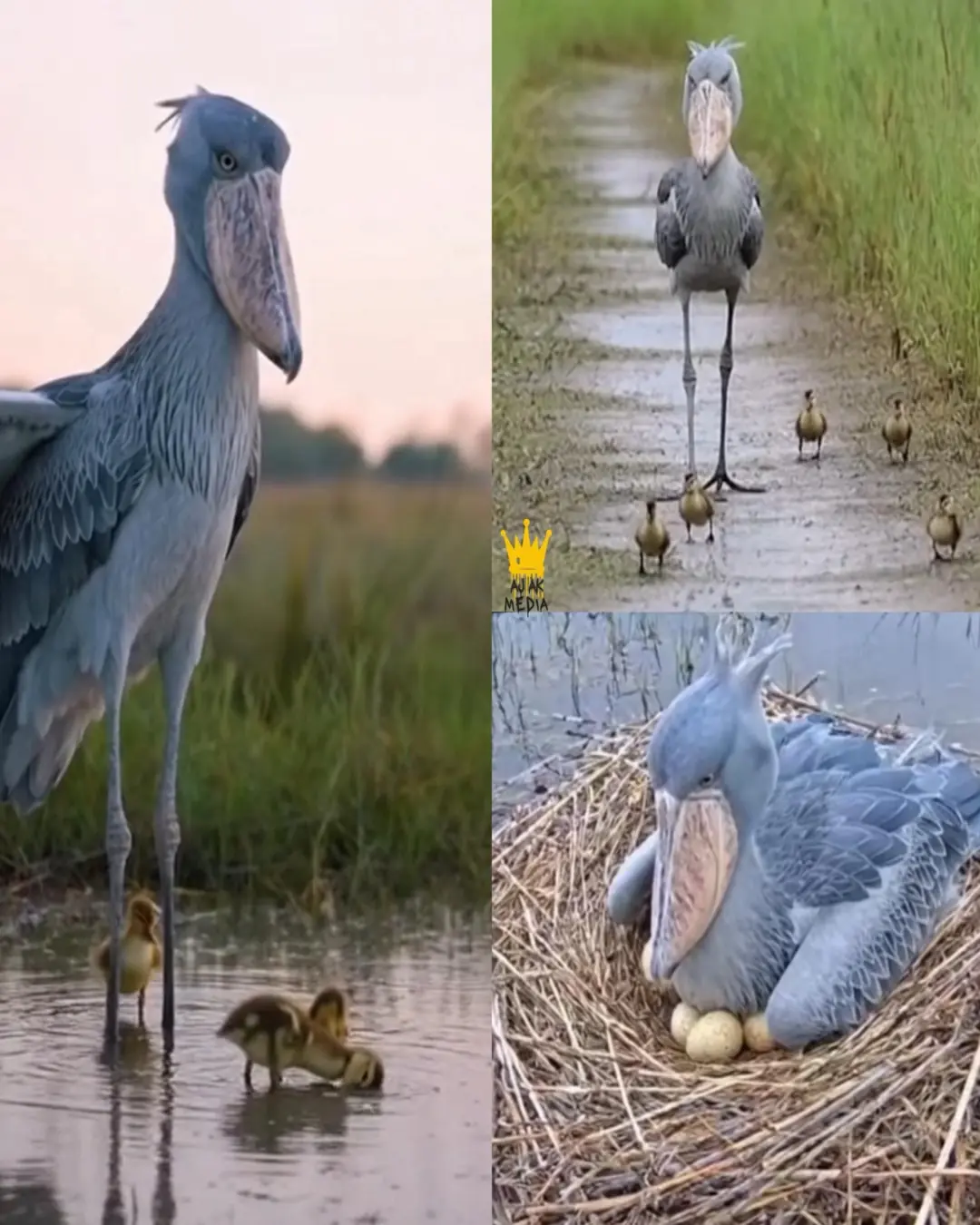
When the Jungle Looked Back: The Astonishing Case of Chimps Trying to Domesticate Alligators
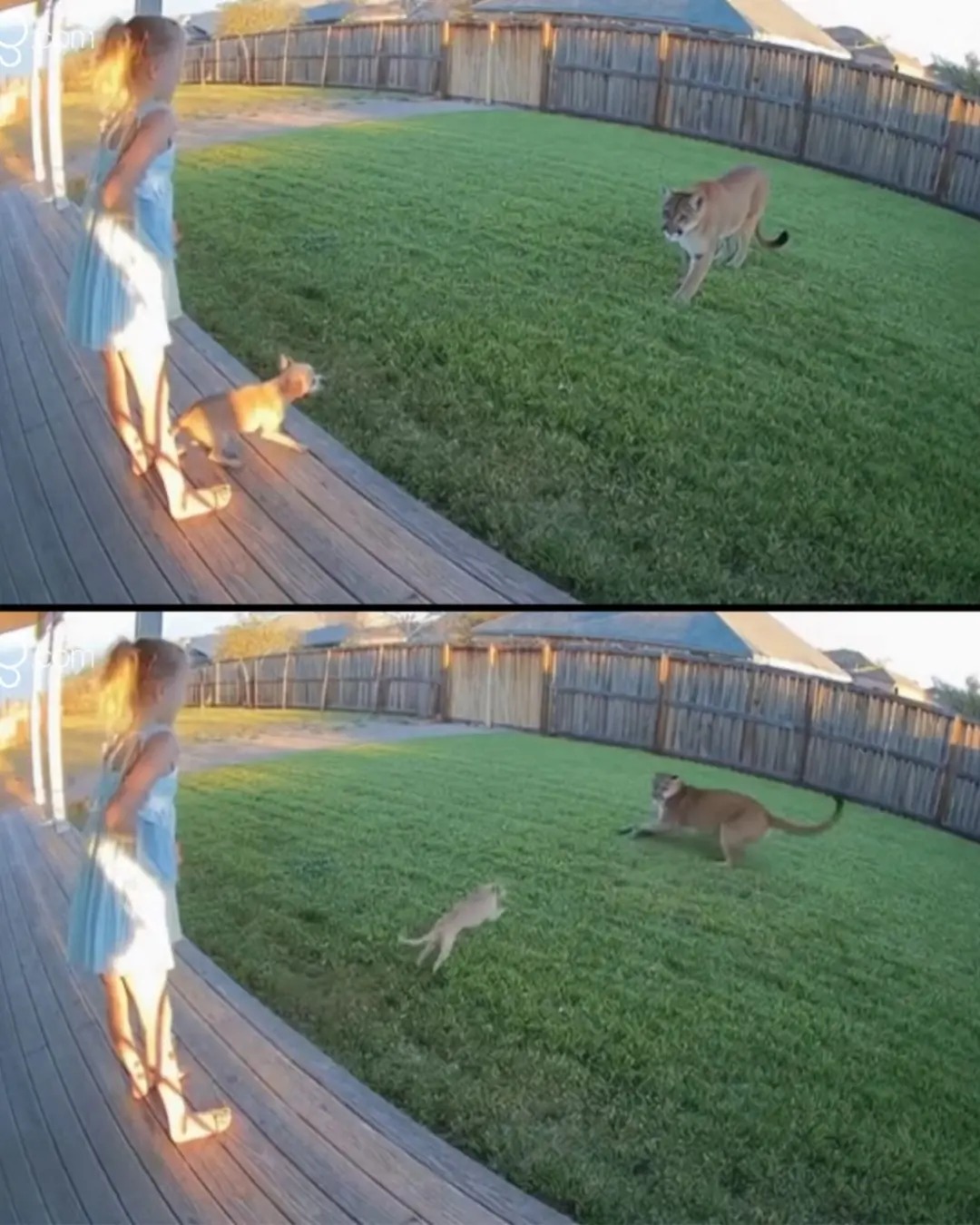
Tiny Hero, Big Heart: The Chihuahua Who Stared Down a Mountain Lion in Colorado
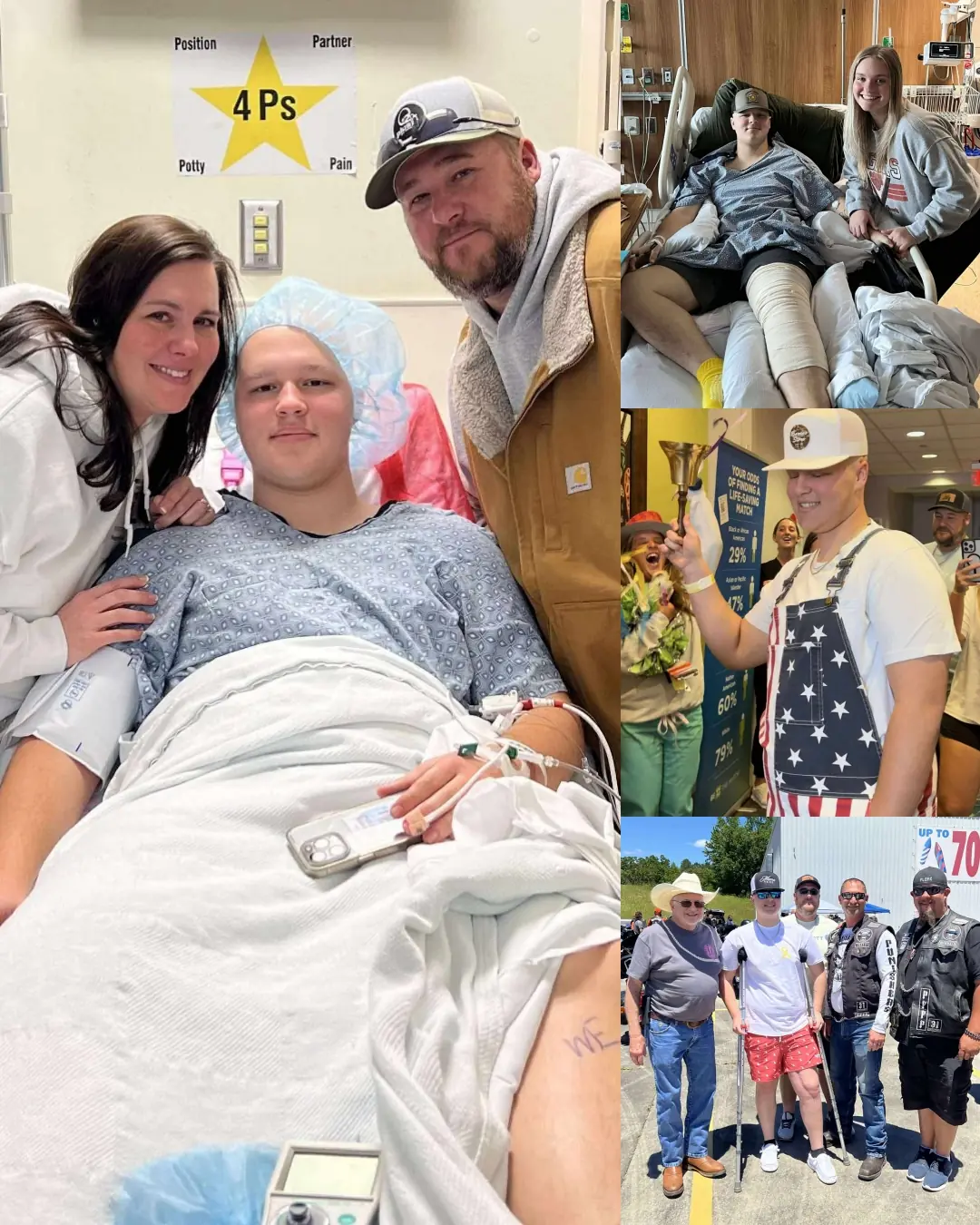
Zach Biggers: A Small Town Hero’s Fight Against Cancer
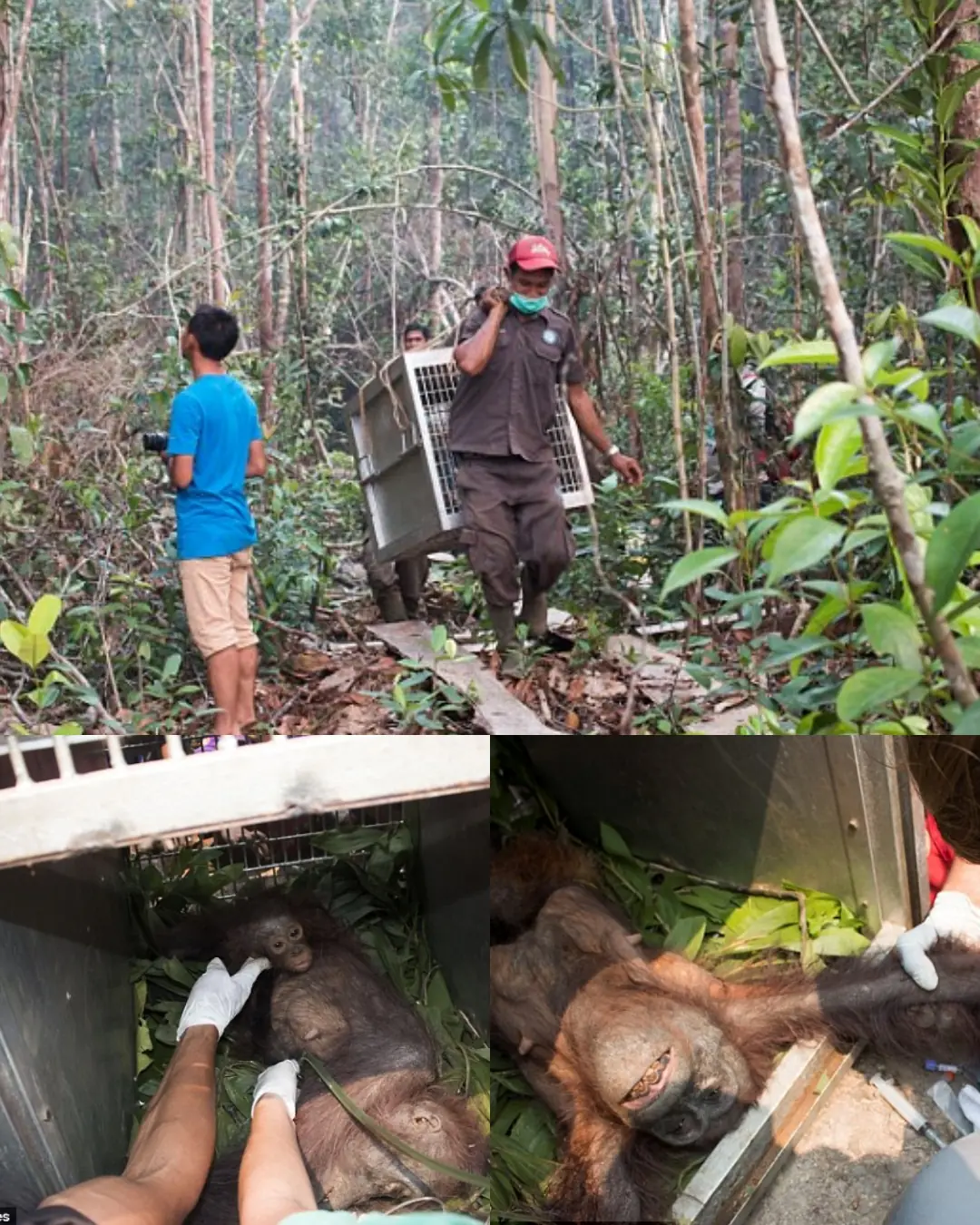
A Heartbreaking Rescue: The Struggle of Orangutans Amidst Indonesia's Wildfires
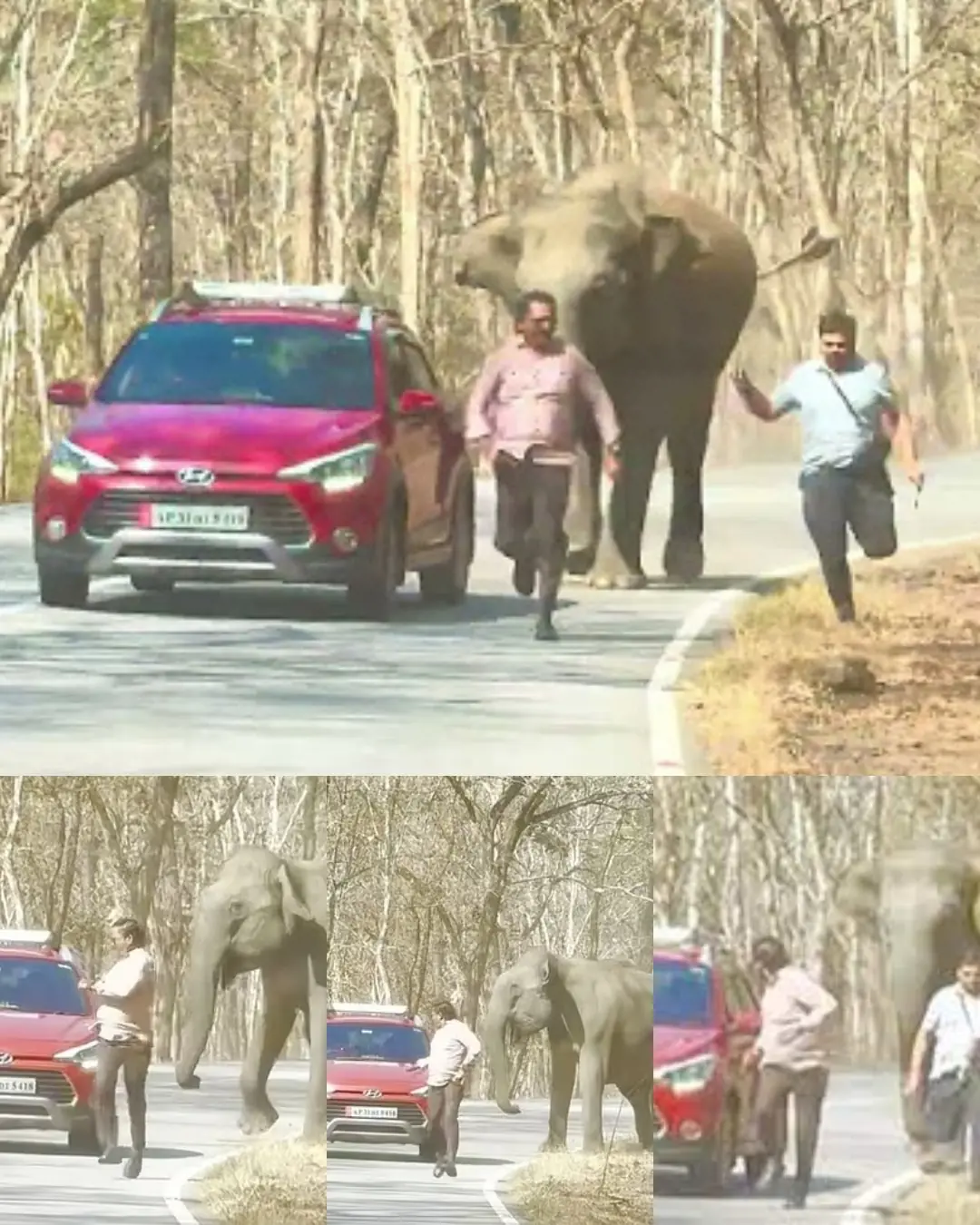
Wild Elephant Chases Tourists in Bandipur Forest: One Injured in Close Call

A Heartwarming Update on Zoey and Baylor Blythe: Miracles in the Making
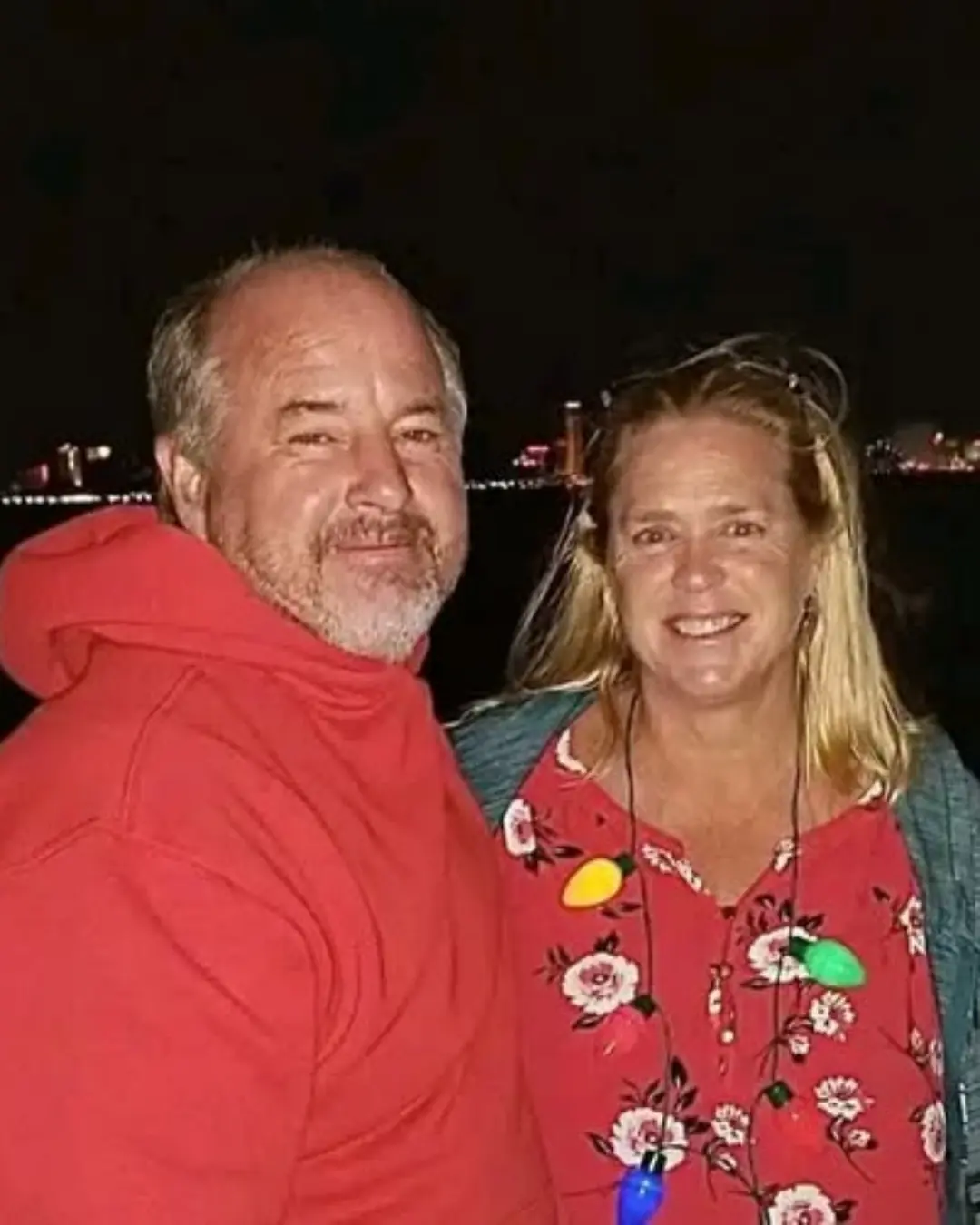
The Invisible Lunch Fund: A Teacher’s Quiet Rebellion Against Shame.
News Post

The Reason Some People Keep Lemons on Their Nightstand While Sleeping

Ginger and Salt Teeth Whitening Remedy

GTA 6 price set to soar for country of 130M people ahead of May 2026 release

Bizarre reason why only bald people can attend special screening of new Emma Stone movie

The Pain Most People Brush Off That Signals Serious Trouble

Common Misunderstandings Turn Water Purifiers into Breeding Grounds for Germs — Stop Now Before It Harms Your Whole Family
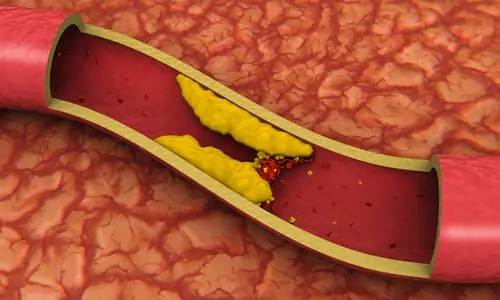
Warning Signs Your Arteries Need Cleansing and The Foods That Do It Best

This Is a Type of Leaf That the Liver Loves, But Unfortunately Many People Throw It Away! Eating It Once a Week Can Make Your Liver Healthier
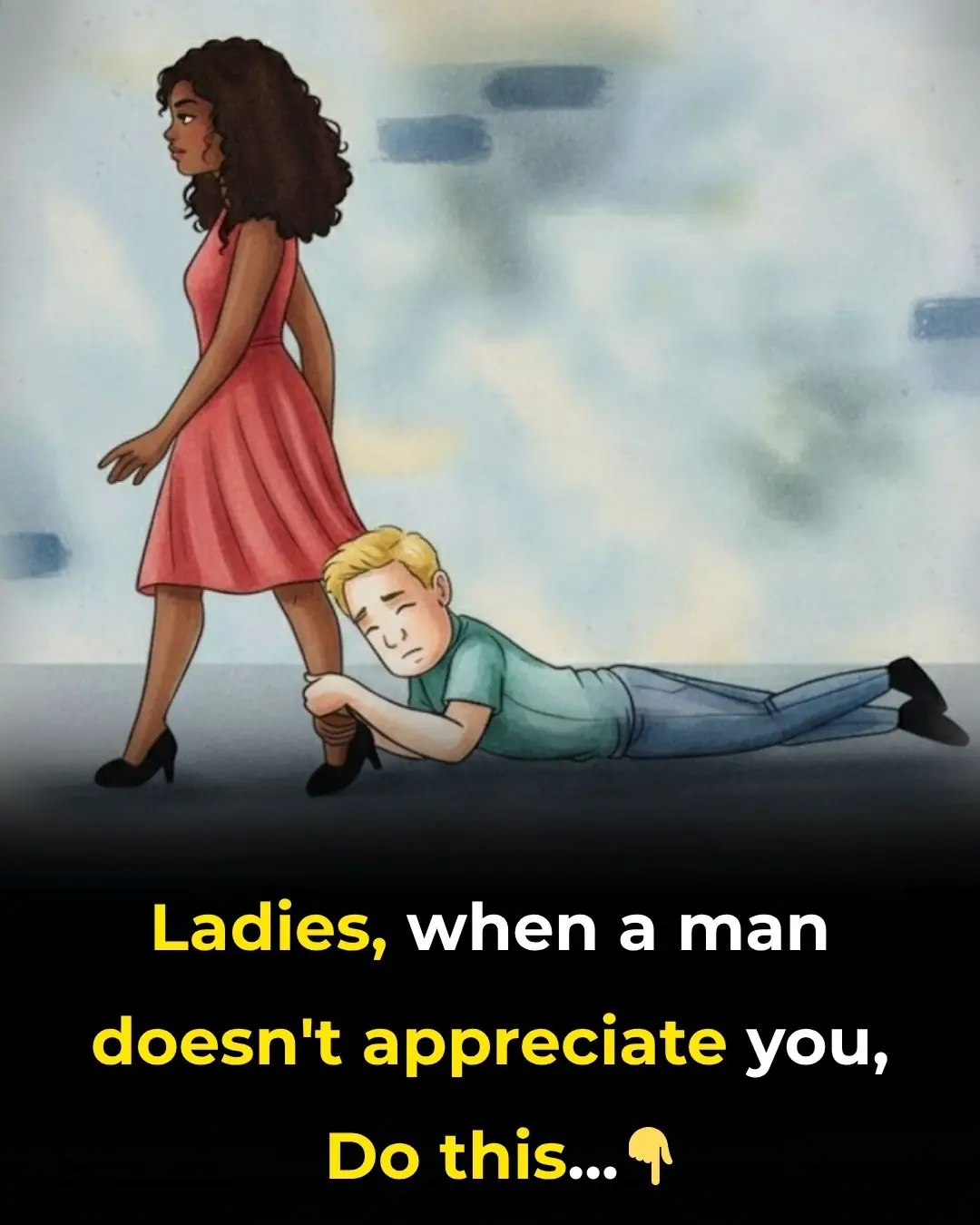
If a Man Doesn’t Appreciate You, Here’s What You Should Do

Turn Papaya Leaves Into a Powerful Homemade Detergent
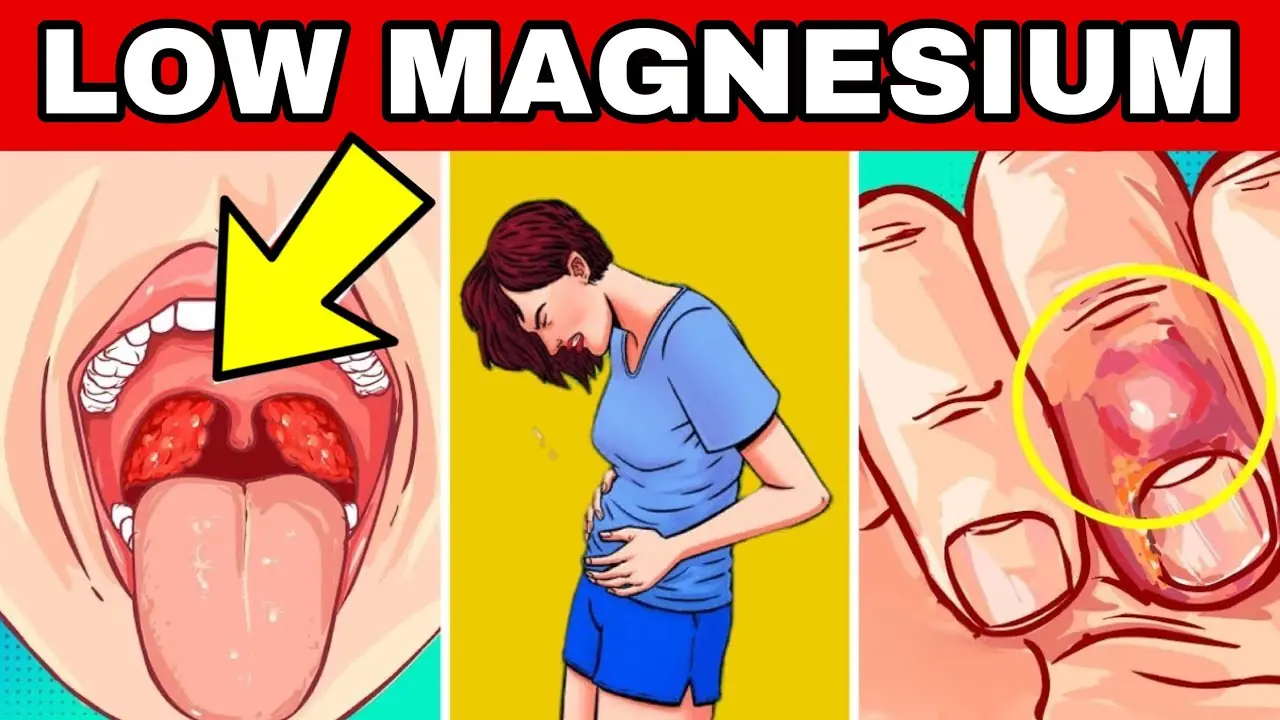
10 Warning Signs of Low Magnesium Levels and What to Do About It

Onion, Garlic, and Olive Oil Remedy for Varicose Veins: Natural Treatment and Benefits

A Real-Life Superhero: The Mother-in-Law Who Became a Caregiver and a Lifeline

The Dog Who Wore a Sheep’s Skin.

A Simple Act of Kindness: Man Rescues Turtles from the Dinner Plate

Jimmy the Bear: A Story of Love, Care, and Compassion

A Seventeen-Year-Old’s Battle for Tomorrow: Yerasyl’s Fight for Life

Black Locust (Robinia pseudoacacia): 14 Surprising Benefits and How to Use It at Home

A Rare Sight: Bright Orange Nurse Shark Makes Scientific History in the Caribbean
